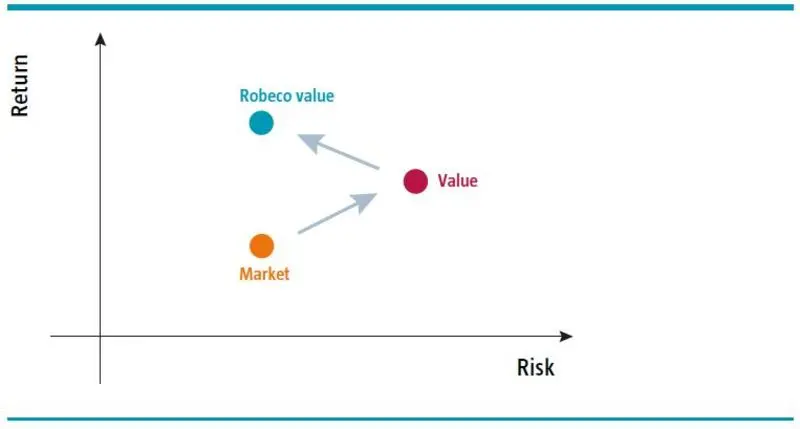Disclaimer
BY CLICKING ON “I AGREE”, I DECLARE I AM A WHOLESALE CLIENT AS DEFINED IN THE CORPORATIONS ACT 2001.
What is a Wholesale Client?
A person or entity is a “wholesale client” if they satisfy the requirements of section 761G of the Corporations Act.
This commonly includes a person or entity:
who holds an Australian Financial Services License
who has or controls at least $10 million (and may include funds held by an associate or under a trust that the person manages)
that is a body regulated by APRA other than a trustee of:
(i) a superannuation fund;
(ii) an approved deposit fund;
(iii) a pooled superannuation trust; or
(iv) a public sector superannuation scheme.
within the meaning of the Superannuation Industry (Supervision) Act 1993that is a body registered under the Financial Corporations Act 1974.
that is a trustee of:
(i) a superannuation fund; or
(ii) an approved deposit fund; or
(iii) a pooled superannuation trust; or
(iv) a public sector superannuation scheme
within the meaning of the Superannuation Industry (Supervision) Act 1993 and the fund, trust or scheme has net assets of at least $10 million.that is a listed entity or a related body corporate of a listed entity
that is an exempt public authority
that is a body corporate, or an unincorporated body, that:
(i) carries on a business of investment in financial products, interests in land or other investments; and
(ii) for those purposes, invests funds received (directly or indirectly) following an offer or invitation to the public, within the meaning of section 82 of the Corporations Act 2001, the terms of which provided for the funds subscribed to be invested for those purposes.that is a foreign entity which, if established or incorporated in Australia, would be covered by one of the preceding paragraphs.
Quantitative investing
Value factor
Equities realize better returns if their current value is higher than their current price. A value strategy makes use of valuation ratios to select stocks that are attractively priced relative to their fundamentals.
The price-to-book and price-earnings ratios are both frequently used. Stocks with low prices relative to their fundamentals are expected to appreciate in the future to properly reflect the real value of the company. However, the pitfall here is that an increased risk of insolvency can be the reason for a low valuation. A company that has an outdated business model, for instance, runs a greater risk of becoming insolvent, and its stock price will reflect this by having an apparently low valuation relative to its book value.
Figure 10. Improved risk-return ratio with Robeco's Value factor approach

Source: Robeco, Quantitative Research, 2014
Robeco’s approach to value investing is to make stock-selection adjustments that take a higher level of risk into account. This means that stocks that are indeed undervalued are selected, in contrast to companies whose low valuation merely reflects their higher level of risk.















